One in four passenger vehicles has at least one underinflated tire, according to the National Highway Traffic Safety Administration (NHTSA). Next time you’re in a parking lot look around at the number of cars; one quarter of them are a possible safety hazard. Underinflated tires can directly lead to tire blowout incidents, and they can increase the severity of other crashes. NHTSA estimates that 78,000 collisions occur every year due to unsafe tires resulting in the deaths of 738 people in 2017.
But here’s the thing: Tire failure is completely predictable and preventable.
The Road to Zero Coalition has nearly 900 other organizations committed to creating a roadway fatality-free world by 2050. The Ray, a nonprofit organization in rural Georgia, is one of them. The core mission of The Ray is safer transportation, meaning zero deaths on highways, interstates and roads. The Ray demonstrates technologies and innovations that make driving safer, smarter and more sustainable.
On an 18-mile living transportation innovation laboratory on Interstate 85, we’re demonstrating new technology that can mitigate tire failure from low pressure and insufficient tread depth.
In December 2016 we installed WheelRight, an automatic, roll-over tire safety system, developed and manufactured in the UK. WheelRight instantly measures the tire pressure and tread depths of all tires on any passing car or truck at speeds of up to 10 miles per hour – all without the driver ever leaving the car! The Ray’s system was the first in the world when it was installed, but today you can find WheelRight systems in Colorado, North Carolina, the UK, Germany and in Hong Kong.
To celebrate the two-year anniversary of WheelRight on The Ray, MBA students at Duquesne University analyzed the results. Since 2016, the system has scanned more than 4,500 vehicles, about 18,500 tires. A small sample shows that 7.2% of treads were below the recommended depth of 3/32” and 18% of tires were underinflated, with 2% requiring urgent attention.
So why does this matter as more and more cars have internal tire pressure sensors? It’s important to remember that those vehicles have what’s called an indirect system, with several shortcomings, such as false warnings with weather changes, and may not inform the driver which tire is low. And, of course, they don’t check for balding tires.
The WheelRight is one of the most obvious successes on The Ray, but we aren’t stopping there. In 2018, WheelRight added a tire sidewall reader to our tire safety station. Still in a machine learning phase, WheelRight is innovating in real time on The Ray. The tire sidewall reader is comprised of two towers adjacent to the side of the vehicle in which cameras and lights are housed. As a vehicle passes through, the lights and cameras are triggered, capturing up to 20 images of the rotating tire. This allows drivers to find out how much usable life is left on the tire, and where to find a suitable replacement.
With the weather warming up and spring break just around the corner, it’s important to understand tire safety before heading out for a road trip. So many roadway dangers are out of our control, but tire safety isn’t one of them.
So many roadway dangers are out of our control, but tire safety isn’t one of them.
ABOUT THE AUTHOR
Anna Cullen is director of external relations and communications for The Ray.
AAA Advises Motorists to Make Tire Maintenance a Priority Before Summer Road Trips
Elizabeth Carey
National Tire Safety Week is underway running from June 27– July 3, 2022. This initiative is intended to educate consumers and motorists about tire care, safety, and maintenance, especially as the summer travel season heats up heading into the Fourth of July holiday. AAA Western and Central New York is sharing information from the U.S. Tire Manufacturers Association (USTMA) in an effort to raise awareness.
“This Independence Day holiday weekend, AAA expects car travel to set a new record despite historically high gas prices with 42 million people hitting the road,” said Steve Steinmetz, director of automotive services at AAA Western and Central New York. “AAA recommends that motorists have their vehicles, including tires, inspected by a trained technician before heading out on a road trip.”
“AAA recommends that motorists have their vehicles, including tires, inspected by a trained technician before heading out on a road trip.”
AAA expects to respond to over 446,000 calls for roadside assistance over the Independence Day holiday weekend.
“Tires enable so much in our daily lives, and they perform so well that many of us can be forgiven for taking our tires for granted. But, like any important investment, they need good care to stay in top shape,” said Anne Forristall Luke, USTMA president and CEO. “Our member companies invest billions of dollars innovating ever safer and more sustainable products. Tires are the most important safety feature on a vehicle and the only part that actually touches the road. So, each year during National Tire Safety Week, we remind drivers and fleet operators to check their tires and perform simple, but important, maintenance practices before getting behind the wheel.”
U.S. tire manufacturers recommend drivers check tire pressure at least monthly, regularly check tire tread depth and ensure vehicle tires are rotated and properly aligned.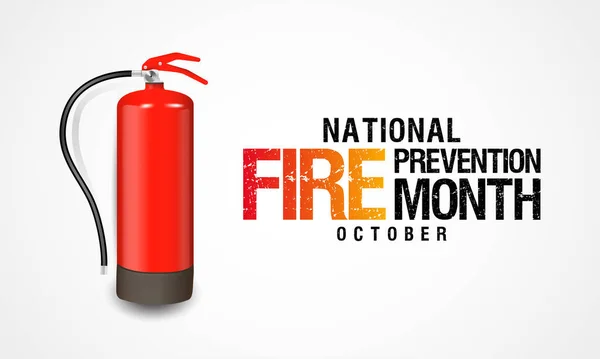 Proper maintenance and periodic inspections by a tire professional are essential for optimum performance and service life of tires and can help ensure lower overall environmental impacts.
Proper maintenance and periodic inspections by a tire professional are essential for optimum performance and service life of tires and can help ensure lower overall environmental impacts.
To help motorists remember these important tire maintenance actions, USTMA encourages drivers to remember the acronym “P.A.R.T.”—Pressure, Alignment, Rotation, and Tread. Tire safety essentials are especially important this year as significant numbers of motorists are back in their cars embarking on summer road trips.
AAA research shows that drivers are more comfortable traveling now than any other time since the pandemic began, with increased fuel prices having minimal impact on vacation and road trip plans. A 2021 survey co-led by USTMA showed that 70 percent of drivers across the U.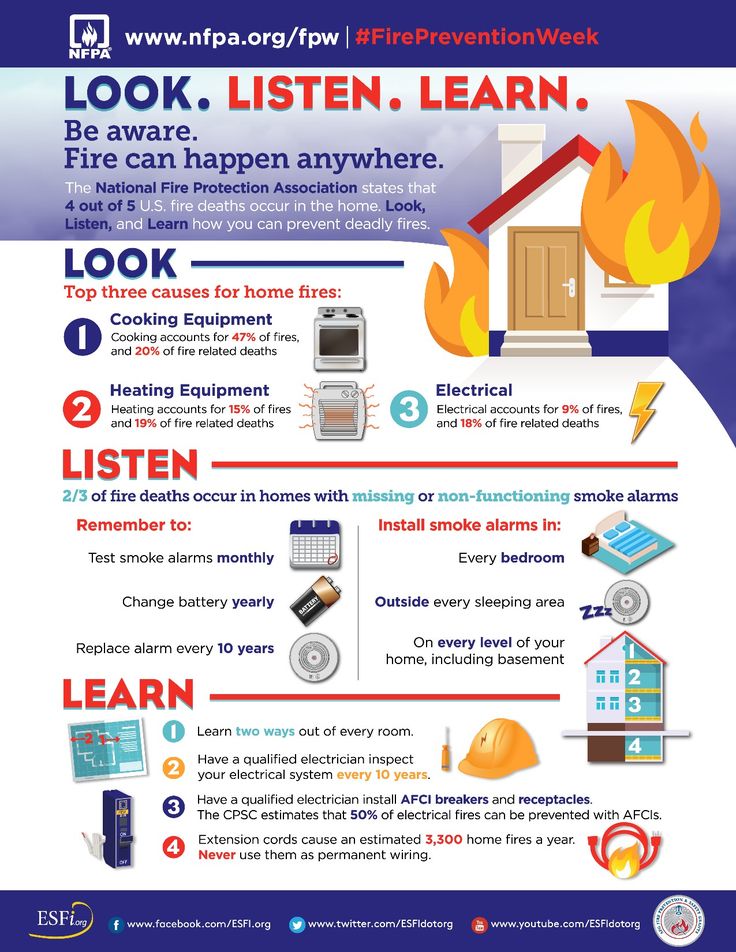 S. reported not checking their tire pressure in the 30 days prior, despite professional recommendations to do so at least once a month. USTMA and AAA are committed to helping consumers understand important facts about tire care and maintenance especially as the travel season peaks as expected.
S. reported not checking their tire pressure in the 30 days prior, despite professional recommendations to do so at least once a month. USTMA and AAA are committed to helping consumers understand important facts about tire care and maintenance especially as the travel season peaks as expected.
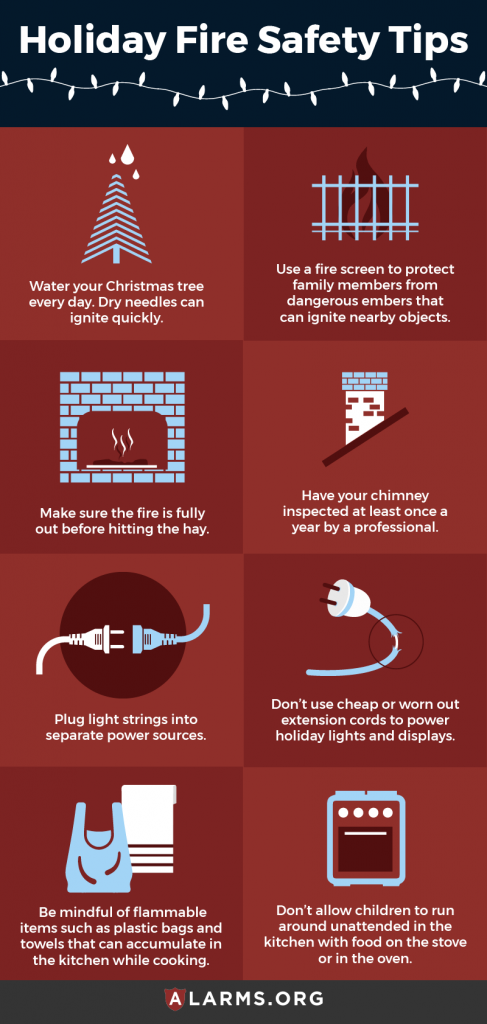 Our member companies make mobility possible. For more information, visit www.USTires.org or Twitter at @USTires.
Our member companies make mobility possible. For more information, visit www.USTires.org or Twitter at @USTires. Tire life is perhaps the only parameter that manufacturers do not publicly announce. Meanwhile, many tires proudly carry the treadwear index.
The wear resistance of is the most difficult characteristic of a tire. Although it is easier to get it than all the others - it is enough to run several cars shod with tires of this model on the track until the rubber is completely worn out. Manufacturers are well aware of this indicator for each of their models - but they are in no hurry to announce it to the buyer. Too many operating factors affect tread wear: driving style, type of asphalt, vehicle condition, constant maintenance of tire pressure. And therefore there will always be a consumer who will erase the purchased tires before the declared mileage - and start an anti-advertising campaign that is unpleasant for the manufacturer in the press or in the courts.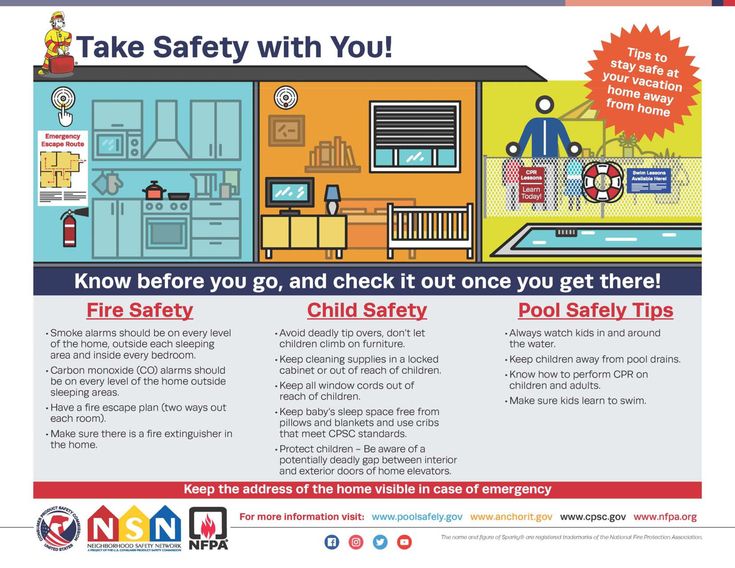
But the trendsetters in mass motorization, the Americans, found a way out. Their National Highway Traffic Safety Administration NHTSA - a kind of analogue of our Department of Transportation - took care of the issue of tire durability. Together with the Society for Testing and Materials ASTM, a methodology for evaluating in relative numbers was created. To get rid of the influence of operating conditions, the researchers came up with a way when a new tire is compared with a certain reference. It is released by this same ASTM society.
The method looks simple. On a once established route in Texas, two identical cars drive - one on the test tires, the second on the reference ones. The driving rhythm is always the same, each wheel is moved from time to time by car from place to place and from car to car. Tire pressure and wheel alignment (camber) of the car are also constantly monitored and restored.
The tread depth of both sets of tires is also taken continuously during the test. Testing ends after 10,300 km (6,400 miles) - based on the data obtained, the testers calculate the full life of the test tire and a specific set of reference. As a result, the reference resource is taken as 100 conventional units, and the resource of the new model is respectively designated as greater or less - adding to a hundred or subtracting from it a proportional number of points.
Testing ends after 10,300 km (6,400 miles) - based on the data obtained, the testers calculate the full life of the test tire and a specific set of reference. As a result, the reference resource is taken as 100 conventional units, and the resource of the new model is respectively designated as greater or less - adding to a hundred or subtracting from it a proportional number of points.
This index was called treadwear , and if the reference tire always has a value of 100, then the minimum value for the tested model may be 60, and the maximum value may be 620.
Interestingly, the wear index is only required for commercial tires in some countries. For example, in America there is UTQG (Uniform Tire Quality Grade) - a single assessment of the quality of tires. In addition to other mandatory values, it requires that the wear resistance index be applied to the tire.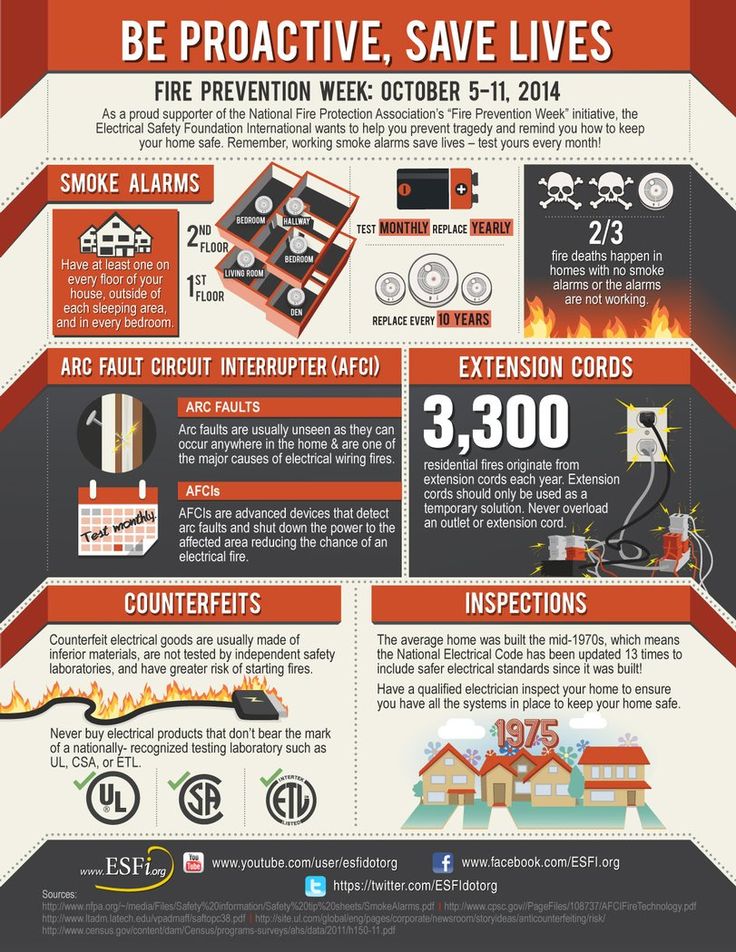
Responsible tire manufacturers with a reputation for excellence benefit from having a wear rating to confirm their image in the market. And it’s easier for the consumer to compare the mileage of different rubber models with each other according to this index, even if it does not clearly display the mileage in kilometers.
That's why tire companies approach NHTSA to test their models, and voluntarily put the appropriate designation on the sidewall. The treadwear index of most summer tires lies within 280-500 units - that is, they are 2.8-5 times more wear resistant than some reference samples from ASTM.
On the sidewall of the tires produced by ROSAVA TOYERS, of course, wear resistance indices are applied in the form of Treadwear, which characterize the degree of "mileage" of the tire.
This means that the tires have passed the relevant tests, which were specially conducted by UTQG Treadwear evalution (USA), and the wear coefficient of the tires meets the American traffic safety requirements.
Recall again that the higher the index, the more mileage the tire provides. Based on DOT calculations, the reference tire with treadwear 100 runs 48,000 km on the test track. In real conditions, tire mileage is less, but the overall proportion is the same.
Ron Bright (Salt River Materials Group, a cement manufacturer) participates in a flat panel touch screen test on an ABB machine that demonstrates how Rockwell Automation's Flex Cell architecture and field protocol CIPsafety tires from ODVA selectively turn on the power supply of the machine and the light curtain of its fence. When the automaton is in a certain position, the standard network informs the security system that breaks in the light curtain can be ignored.
If you can't see the safety net with your own eyes, you'd better find some way to make sure it really exists and works properly. Fortunately, changes in regulations over the past two years have given designers the opportunity to apply safety fieldbuses and related solutions, allowing the user to save materials and labor and improve work efficiency.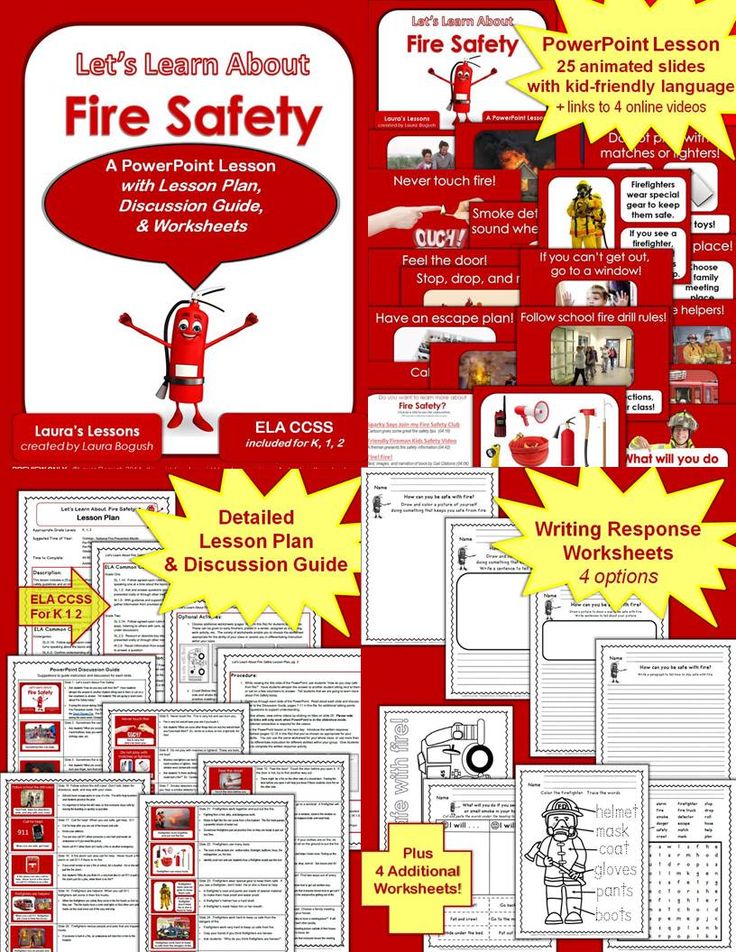 The National Fire Protection Service (NFPA), for example, recently revised its regulations to allow more widespread use of safety nets and/or safety PLCs. This organization for a long time prohibited the use of fieldbuses or other electrical networks based on clause 79NFPA rules governing the use of electrical equipment in a manufacturing plant.
The National Fire Protection Service (NFPA), for example, recently revised its regulations to allow more widespread use of safety nets and/or safety PLCs. This organization for a long time prohibited the use of fieldbuses or other electrical networks based on clause 79NFPA rules governing the use of electrical equipment in a manufacturing plant.
Similarly, the International Electrotechnical Commission (IEC) recently published the IEC 61508 standard for safety-related electromechanical equipment, semiconductor electronics, and computerized systems. This standard defines a safety integrity level (SIL), such as SIL 3, that safety fieldbuses and related products must comply with. In addition, IEC has recently developed draft standards 61511 and 62061 for processing and control devices.
Despite the adoption of the rules, a large proportion of potential users still resist the installation of a safety net. It is probably for the same reason that they hesitate to replace the wired wiring with a twisted-pair field bus: you can see the wired circuit inside and out, while the fact that a simple low-power circuit performs the same functions remains to be accepted.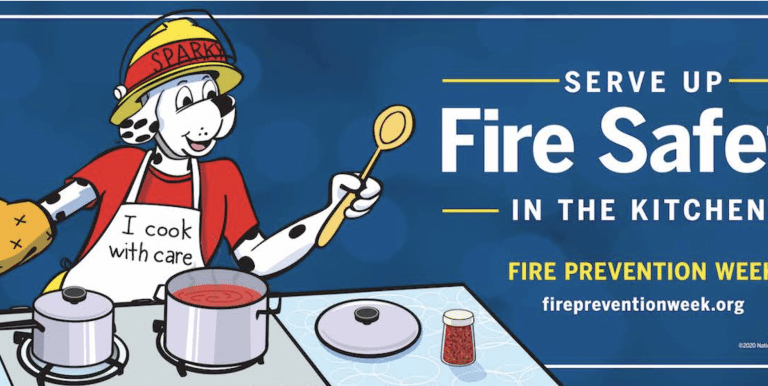 on faith. That is why the vast majority of industrial networks, approximately 75-80%, are still based on a wired 4-20 mA interface.
on faith. That is why the vast majority of industrial networks, approximately 75-80%, are still based on a wired 4-20 mA interface.
However, this inertia is increasingly being overcome by the same traditional economic pressure on users to get the most out of their equipment in order to achieve the highest efficiency and save as much as possible. In fact, there is already evidence of the benefits of using safety fieldbuses and evidence that their integrity contributes to plant installation plans. Recent research by the Open DeviceNet Vendors Association (ODVA) showed that 18.2% of users surveyed in North America and Europe currently purchase a security PLC, and 43.9%% plan to purchase them in the next three years. Only 9.1% of users use safety nets and more than 42% plan to use them in the next three years.
To meet customer needs, one of Pilz Automation Safety LP's most recognized safety busses in the field has recently doubled its performance with the release of the new Programmable Safety System (PSS) SB2. This allows users to connect one PSS to 128 nodes. Although the number of nodes installed worldwide has now reached 100,000, the use of SafetyBus p is expected to expand as Pilz has released a number of related products, including two SafetyBus p interfaces and modules. In order to expand the structure of the system, Pilz also plans to launch a new SafetyBus next year.
SafetyBus p is now five years old and was created by Pilz, which started with the CANopen fieldbus system, and added signal checking capabilities, timing functions for sending and receiving signals, and other software tools. These features make the 3-wire isolated bus safe by eliminating echoes, phantoms and/or doubles and missing data. SafetyBus p also achieves European EN-954-1 category 4 approval as the dual-chip microprocessor set in all of its devices is based on a programmable safety system. “A large number of potential users are testing security systems for themselves and seeing how much time can be saved in troubleshooting,” says Dino Mariuz, Pilz Technical Manager. “It turns out that it is possible to save 40% of the labor on the wiring instead of using the main relays.”
ODVA announces that the CIPsafety extension to the Common Industrial Protocol (CIP) is the only safety protocol that is media agnostic, enabling seamless transmission of safety I/O messages from anywhere in the multi-segment architectures to other points of the same architecture
Another well-known safety field bus, Profisafe from Profibus International, is based on PTO's Profibus-DP and uses multiple transmission media including RS-485 and fiber optic cable. Profisafe is now three years old It adds a safety layer to the Profibus protocol, works over standard Profibus cabling, and provides additional error detection capabilities to achieve SIL 3 safety and receive messages without undetected errors.
John Swindall, head of the test lab at the Profibus Interface Center, states that the Profisafe layering method creates a "black channel" that includes safety data in standard Profibus telegrams. The security data contains cyclic redundancy check (CRC), assigned master/slave addresses and sequence numbers to check for lost messages.
Profisafe was also approved by the German Society for Technical Inspection, which tested the algorithms and polynomials used by Profisafe in its control calculations. Still, convincing potential users of the usefulness and safety features of Profisafe is not easy.
“Fieldbus engineers are very conservative for the most part, and those involved in safety are doubly conservative,” says Swindall. “I think they are starting to overcome their prejudice to some extent, but in the US, users are still in the early stages of realizing the importance of security networks. The Profisafe distribution process is aided by the fact that Profisafe is well thought out and operates at 12 Mbps, making it the fastest protocol in America. This means that users can run part of their system as a safety net along with some non-security devices, all on the same bus with no loss in system throughput. ”
In addition to releasing numerous Profisafe related products, developers and parent organization PTO are working to add Profisafe capabilities to Profibus-PA to protect process applications.
In order to integrate security and standard controls so that they influence each other, ODVA recently developed its CIPsafety extension to the Common Industrial Protocol (CIP), which is an application layer for protocols DeviceNet ODVA, EtherNet/IP and ControlNet. CIPsafety provides the basis for the new DeviceNetsafety ODVA protocol, which allows commands to be sent over an existing DeviceNet network.
“This means that the security features are built into the protocol. So the security of the network is not about the wiring, but how the data is handled,” says Kimber Lynn Drake, Marketing Manager at Rockwell Automation, involved in determining presence. “This means that the safety PLCs can communicate with each other as well as with other components. ”
The CPIsafety specifications were released in January 2005, at the same time that Rhineland carried out the final certification of the protocol. ODVA has also planned a security extension for the EtherNet/IP and ControlNet protocols.
Interbus Club and Phoenix Contact have spent three years developing Interbus Safety to help users define the capabilities of an Interbus safety network. Interbus, with data rates from 500 kbps to 2 Mbps, is certified as part of IEC 61158 and serves as the basis for Interbus Safety.
This new protocol consists of security code and data combined into one data packet as part of the normal Interbus protocol frame summation. Larry Komarek, marketing automation manager at Phoenix Contact, says this summarization method requires less data to pass overhead. This means that Interbus Safety only needs 500 kbps instead of 1.5 Mbps to transfer the same amount of data in the same amount of time. In addition, in the 2 Mbps mode of operation, the response time does not exceed 10 milliseconds under typical conditions such as 1000 normal I/Os and 100 security I/Os.